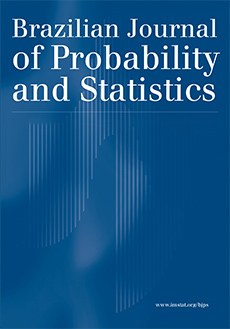Abstract
We discuss Bayesian analysis of multivariate time series with dynamic factor models that exploit time-adaptive sparsity in model parametrizations via the latent threshold approach. One central focus is on the transfer responses of multiple interrelated series to underlying, dynamic latent factor processes. Structured priors on model hyper-parameters are key to the efficacy of dynamic latent thresholding, and MCMC-based computation enables model fitting and analysis. A detailed case study of electroencephalographic (EEG) data from experimental psychiatry highlights the use of latent threshold extensions of time-varying vector autoregressive and factor models. This study explores a class of dynamic transfer response factor models, extending prior Bayesian modeling of multiple EEG series and highlighting the practical utility of the latent thresholding concept in multivariate, non-stationary time series analysis.
Citation
Jouchi Nakajima. Mike West. "Dynamics & sparsity in latent threshold factor models: A study in multivariate EEG signal processing." Braz. J. Probab. Stat. 31 (4) 701 - 731, November 2017. https://doi.org/10.1214/17-BJPS364
Information





